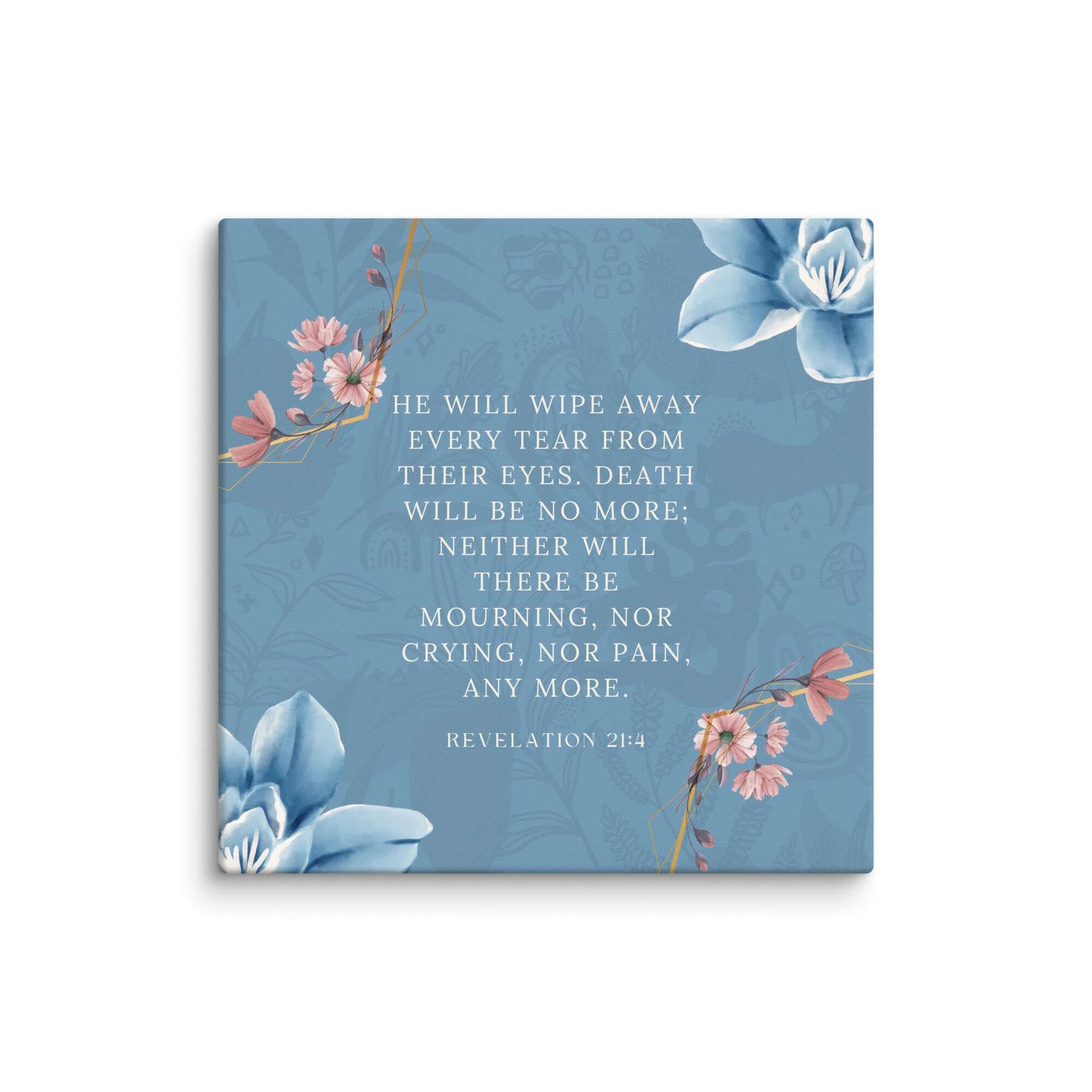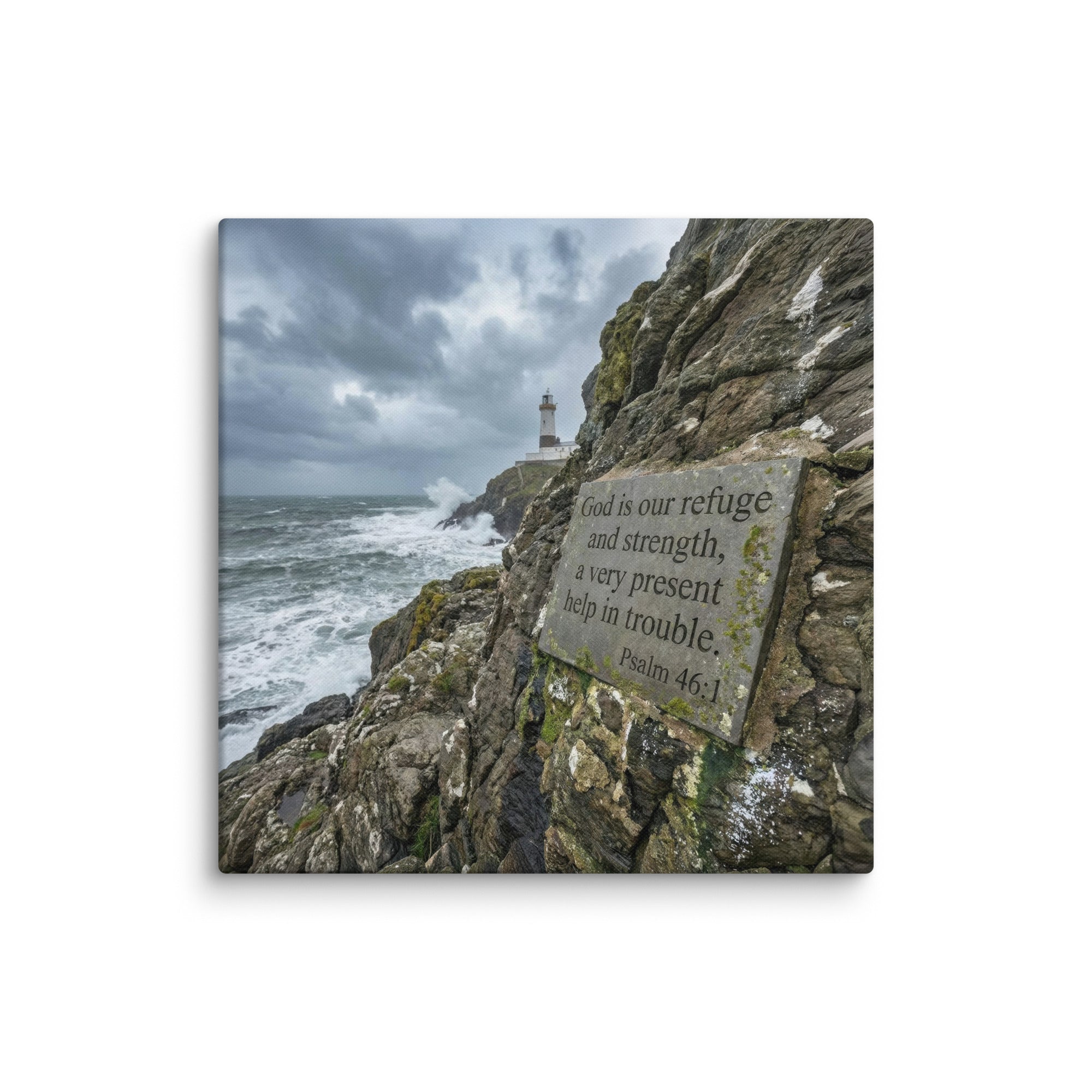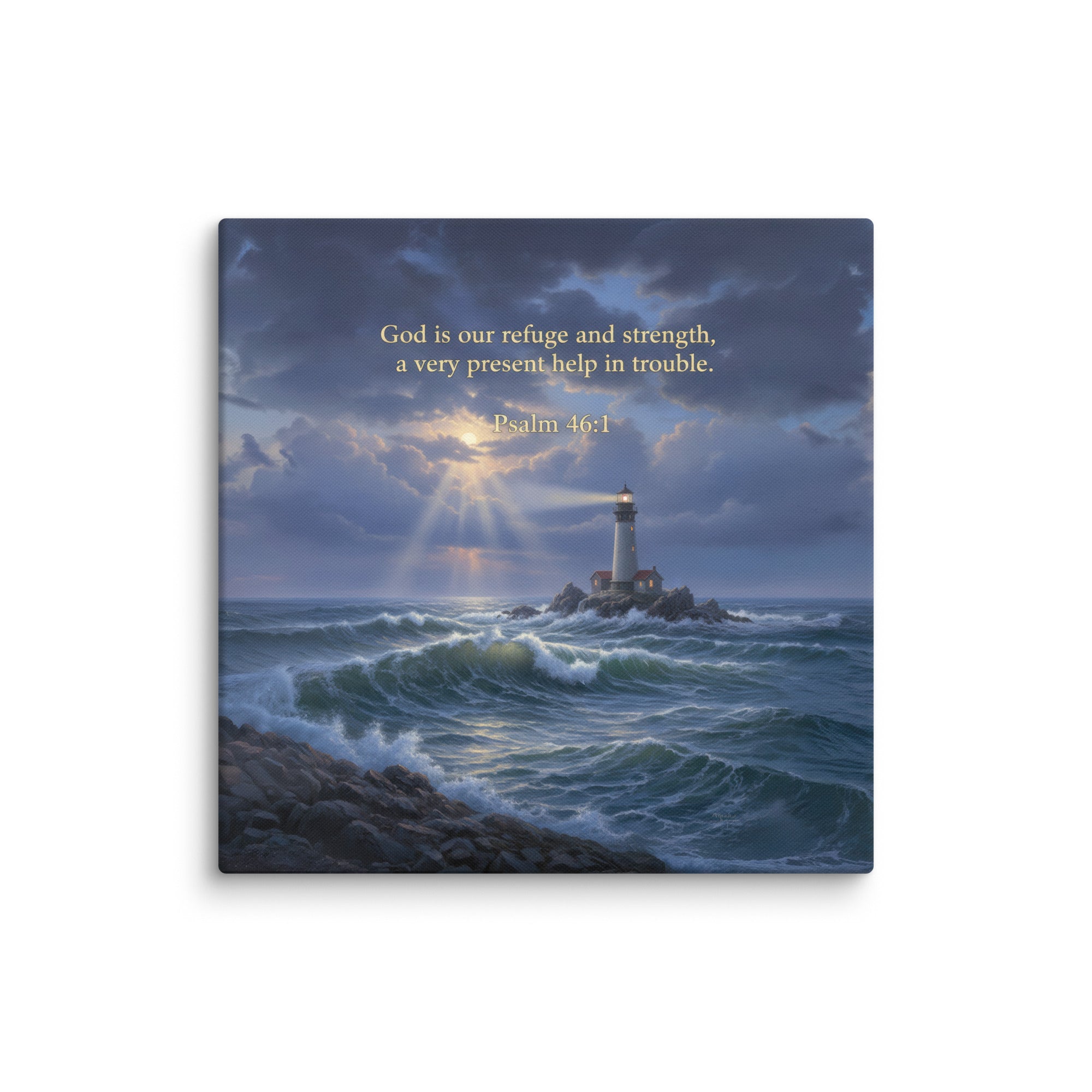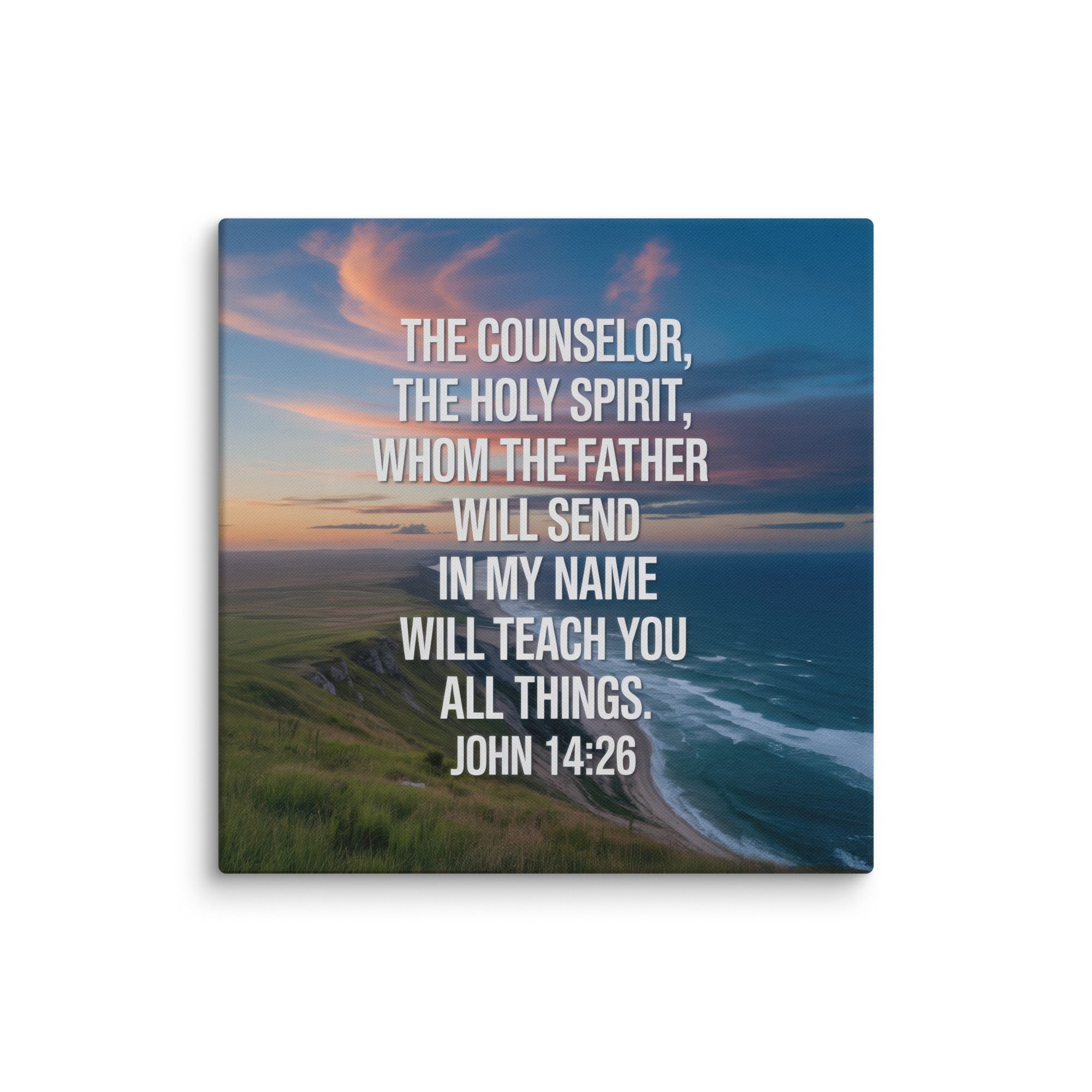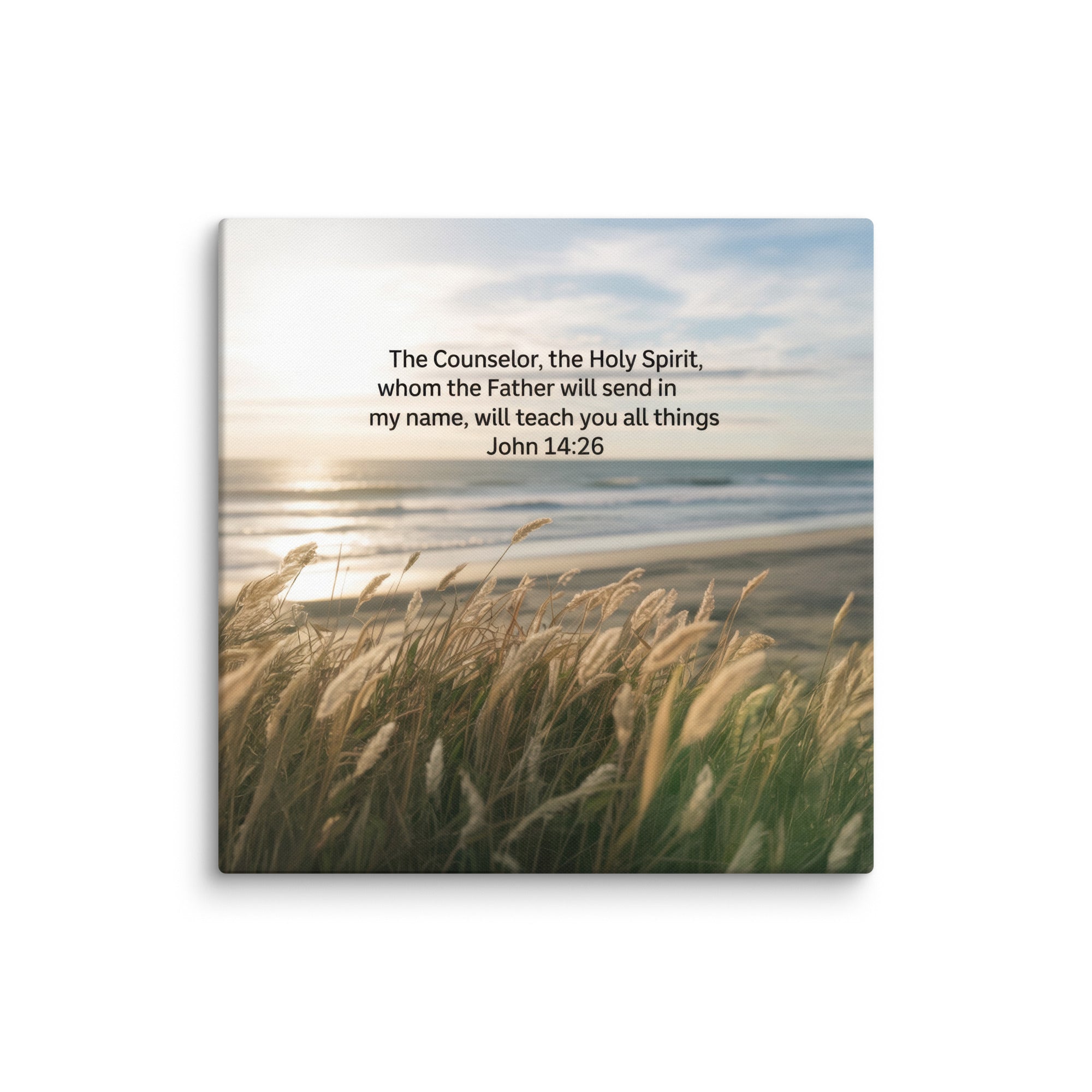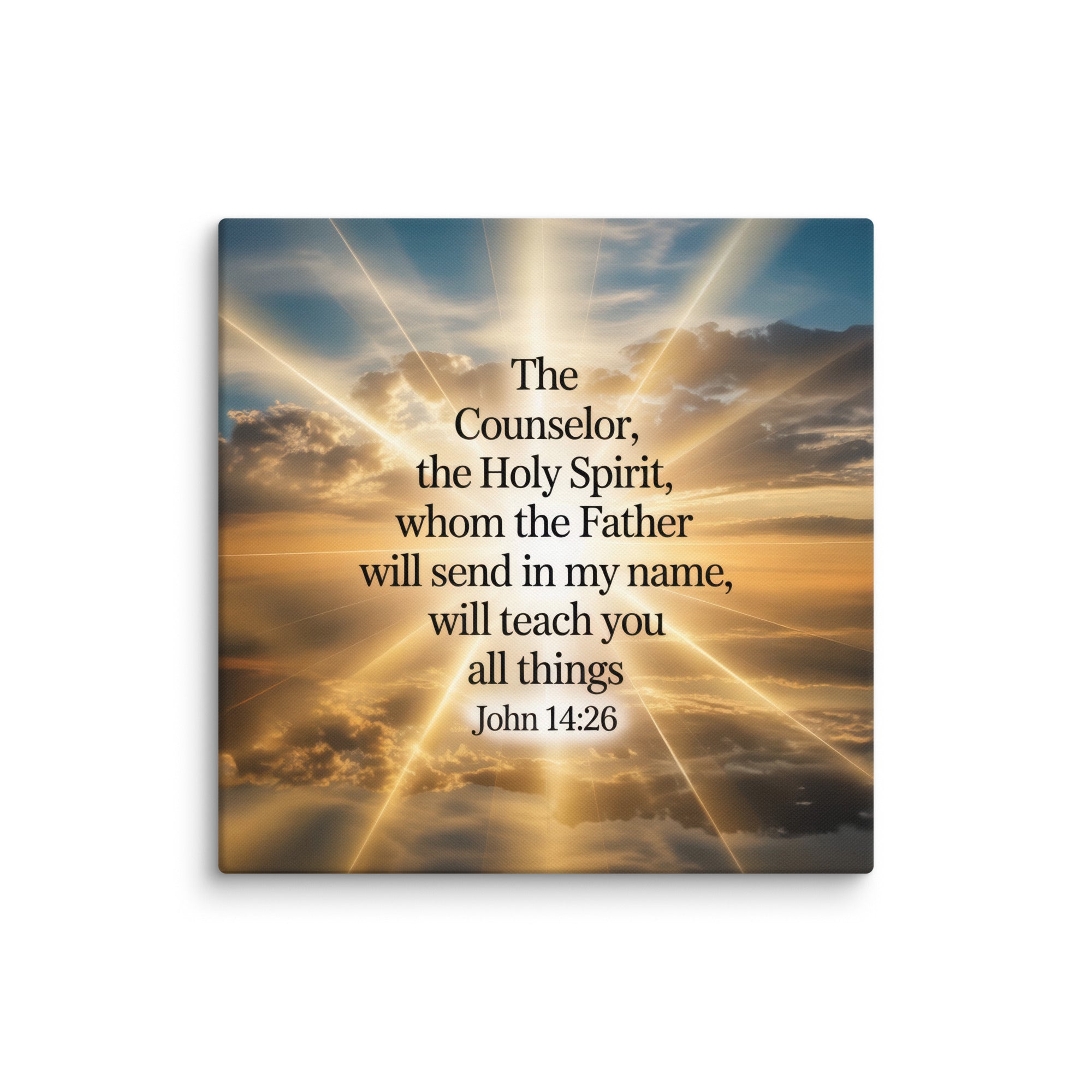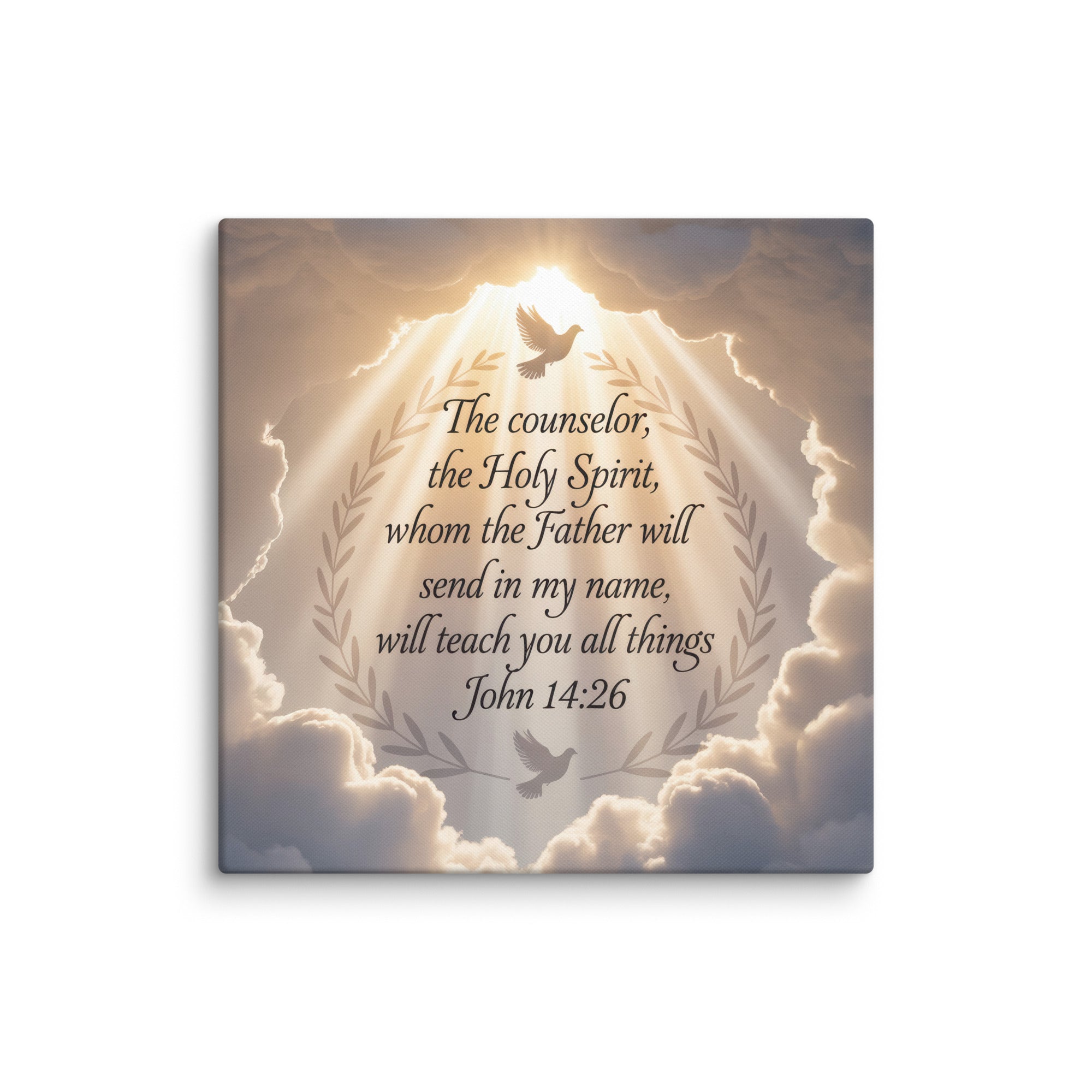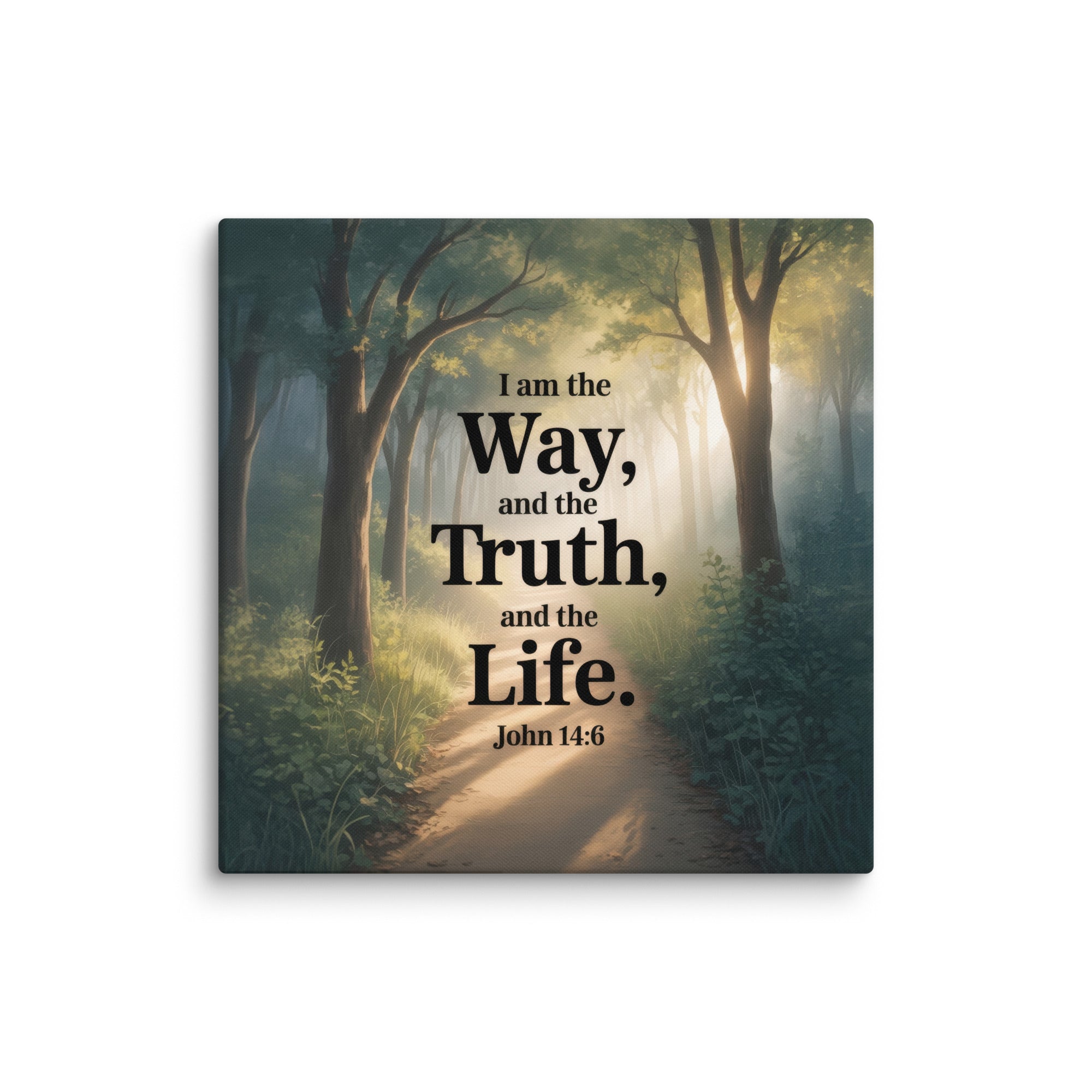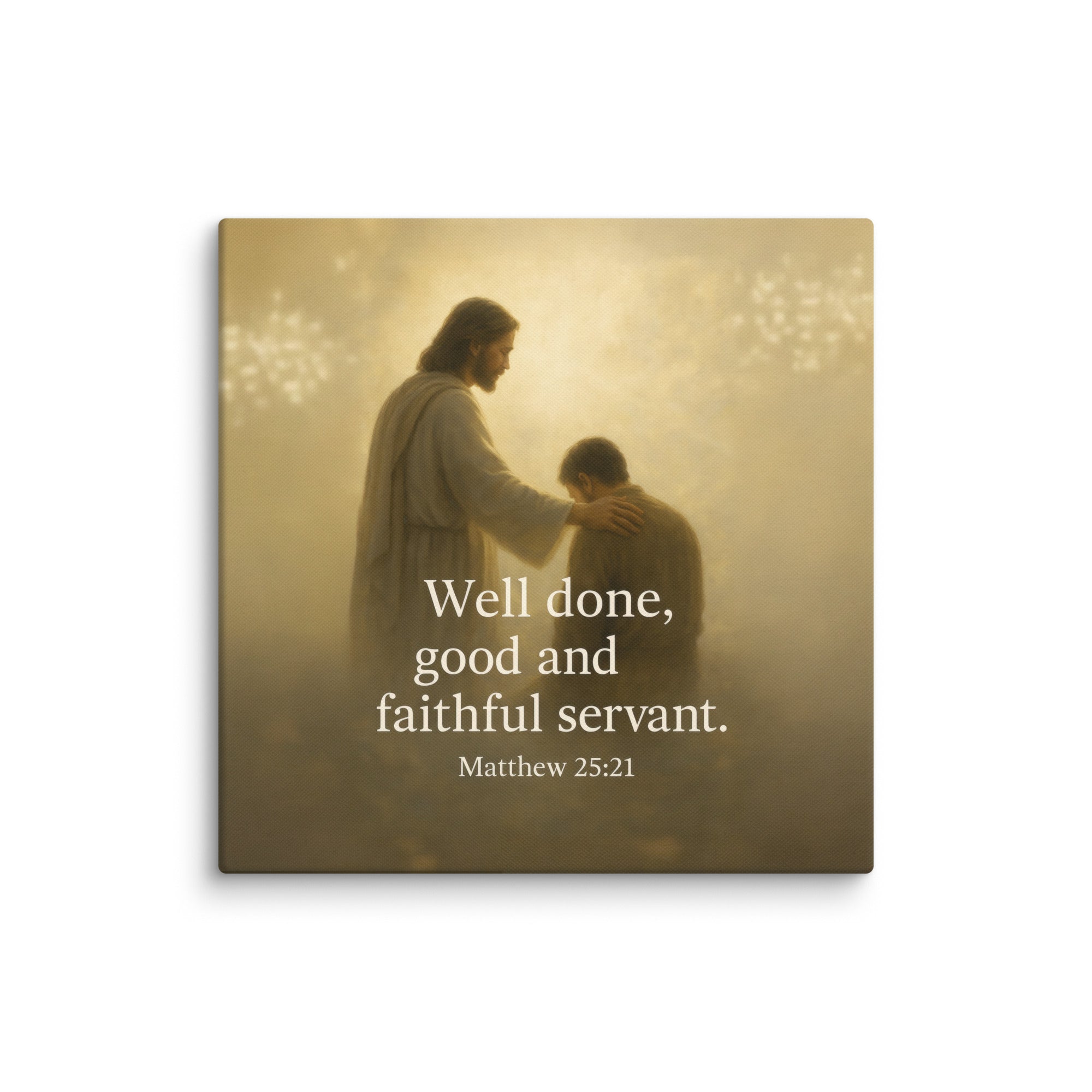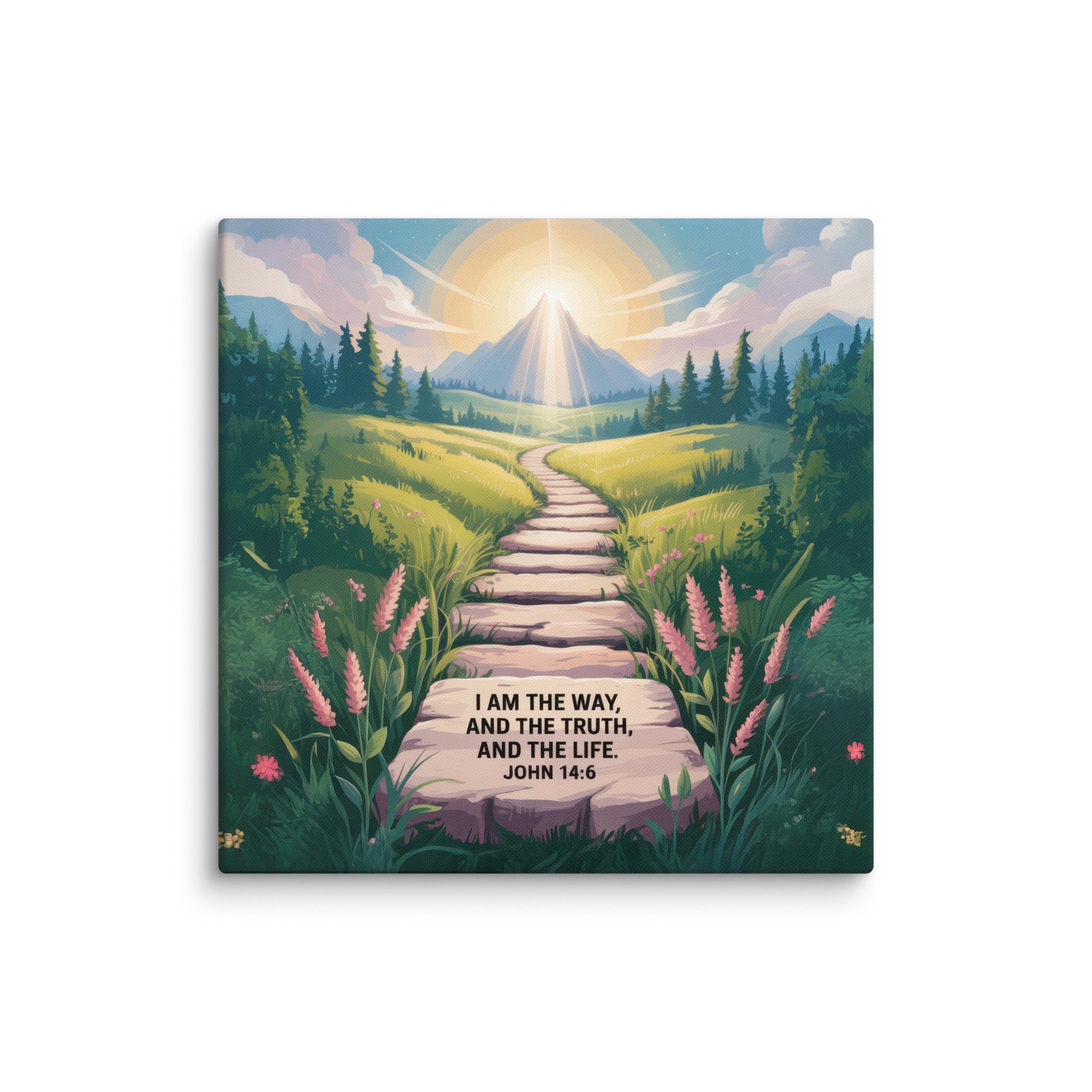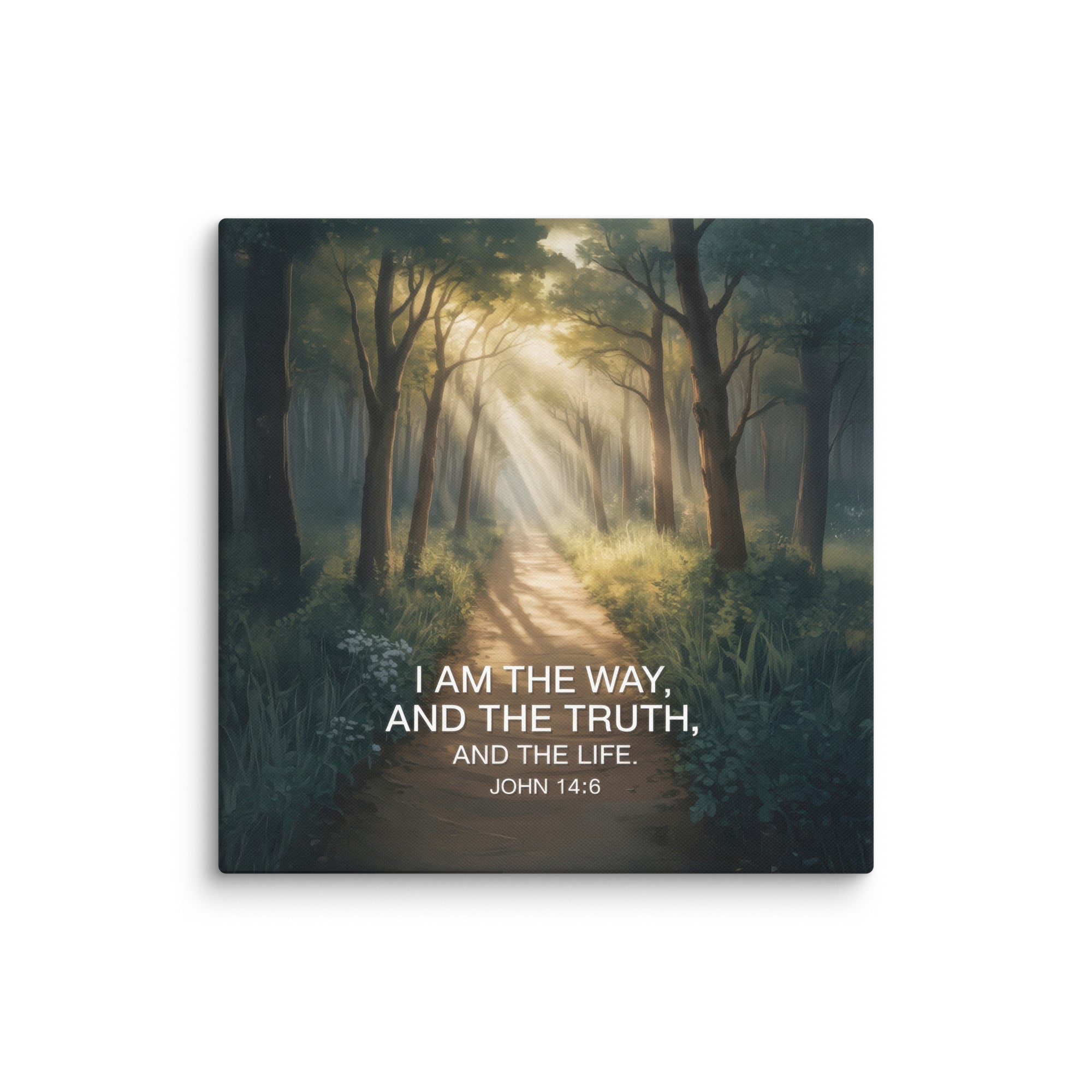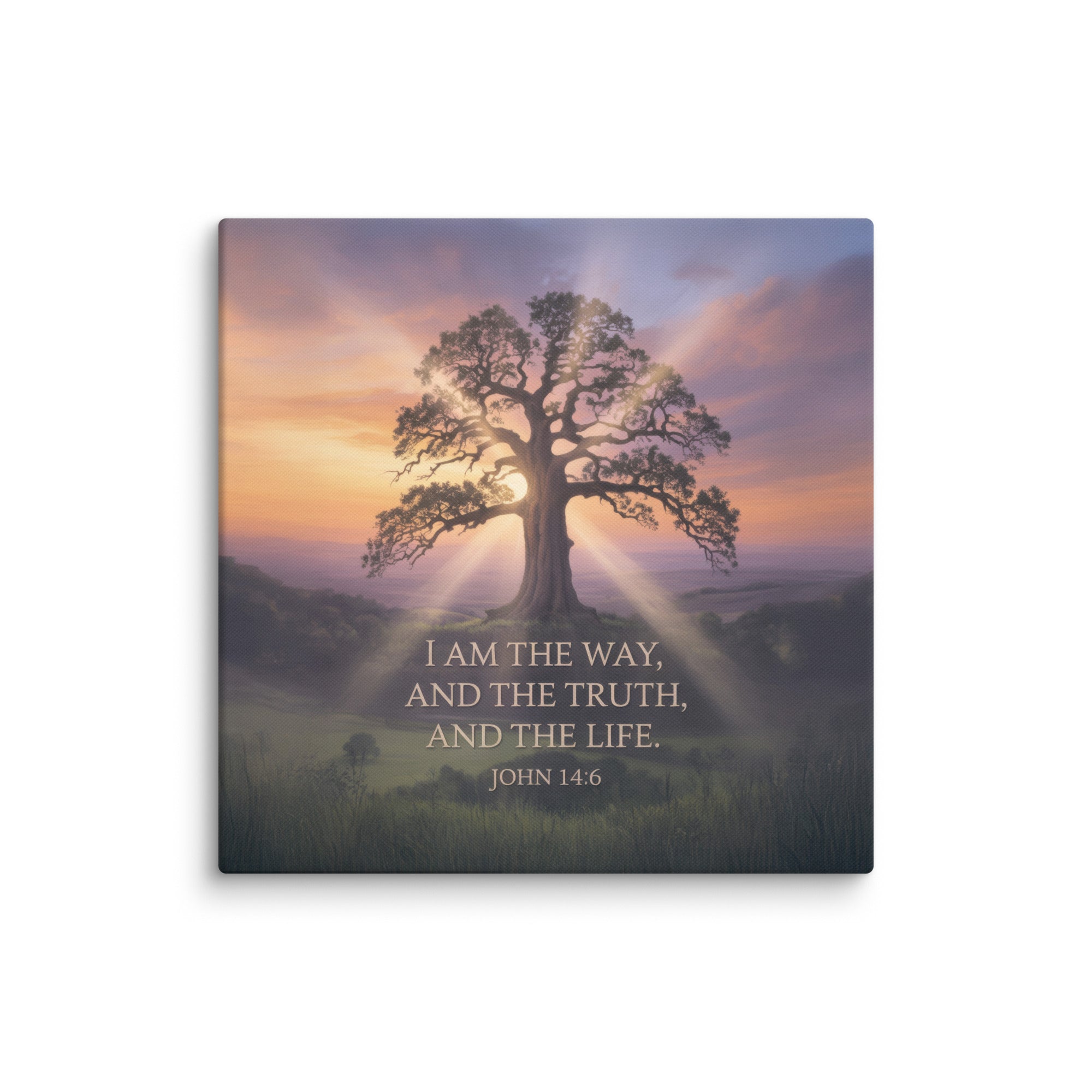Reading the Bible can feel overwhelming, especially if you're not sure where to start. With 66 books, different writing styles, and historical contexts, it's important to find an order that helps you understand and apply God's Word.
There is no single "right" way to read the Bible, but some methods make it easier to grasp the big picture. Below are several recommended approaches to help you engage with Scripture effectively.
1. Chronological Order
The Bible is not arranged in the exact order events happened. A chronological reading plan follows the historical timeline of events, making it easier to see how God's story unfolds.
Benefits:
- Helps you understand the sequence of biblical events.
- Gives context to prophecies and their fulfillment.
- Shows the progression of God's plan for humanity.
Suggested Order:
- Genesis – The beginning of creation and God's covenant with Israel.
- Job – A deep dive into suffering and faith (historically set around Abraham's time).
- Exodus, Leviticus, Numbers, Deuteronomy – The story of Moses and God's laws.
- Joshua, Judges, Ruth – The conquest of Canaan and the period of judges.
- 1 & 2 Samuel, 1 & 2 Kings, 1 & 2 Chronicles – The history of Israel's kings.
- Psalms, Proverbs, Ecclesiastes, Song of Solomon – Writings from King David and Solomon.
- Prophets (Isaiah, Jeremiah, Daniel, etc.) – God’s warnings and promises.
- The Gospels (Matthew, Mark, Luke, John) – The life and ministry of Jesus.
- Acts – The early church and spread of the Gospel.
- Letters (Romans – Jude) – Teachings for believers.
- Revelation – The final victory of Christ.
2. Book-by-Book (Traditional Order)
This approach follows the standard order in most Bibles:
- Old Testament: From Genesis to Malachi.
- New Testament: From Matthew to Revelation.
Benefits:
- Follows the structure of most printed Bibles.
- Good for those who prefer reading cover to cover.
This method is helpful but may be harder for beginners, as some books (like Leviticus and Numbers) can be difficult to get through without background knowledge.
3. New Testament First
Since the New Testament focuses on Jesus and Christian living, many recommend starting here.
Suggested Order:
- John – An easy-to-read Gospel focusing on Jesus' divinity.
- Luke – A detailed Gospel with historical insights.
- Acts – The growth of the early church.
- Romans – A foundational book on faith and salvation.
- 1 & 2 Corinthians, Galatians, Ephesians, Philippians – Teachings on Christian life.
- The Remaining Letters (Colossians – Jude)
- Revelation – The final victory of Christ.
- Then move to the Old Testament starting with Genesis.
Benefits:
- Focuses on Jesus first.
- Easier for beginners to understand.
4. Thematic Order
This approach groups books based on themes.
Example Plan:
- God’s Promises: Genesis, Exodus, Psalms.
- Wisdom and Worship: Proverbs, Ecclesiastes, Psalms.
- Life of Jesus: Matthew, Mark, Luke, John.
- Christian Living: Romans, Ephesians, James.
- End Times: Daniel, Revelation.
Benefits:
- Allows for focused studies on key topics.
- Great for personal growth and study groups.
5. One Old Testament and One New Testament Book Daily
For balance, read a chapter from both sections each day.
Example Daily Plan:
- Day 1: Genesis 1 & Matthew 1.
- Day 2: Genesis 2 & Matthew 2.
- Continue through the Bible in this way.
Benefits:
- Connects Old and New Testament teachings.
- Helps maintain variety and engagement.
Which Method Is Best for You?
The best order depends on your goals:
| Goal | Recommended Order |
|---|---|
| Understand history | Chronological |
| Read everything | Book-by-book |
| Start with Jesus | New Testament first |
| Thematic study | Thematic order |
| Balanced approach | Old & New Testament daily |
No matter the method, the key is consistency. Pray for guidance, and let God’s Word transform your life.





